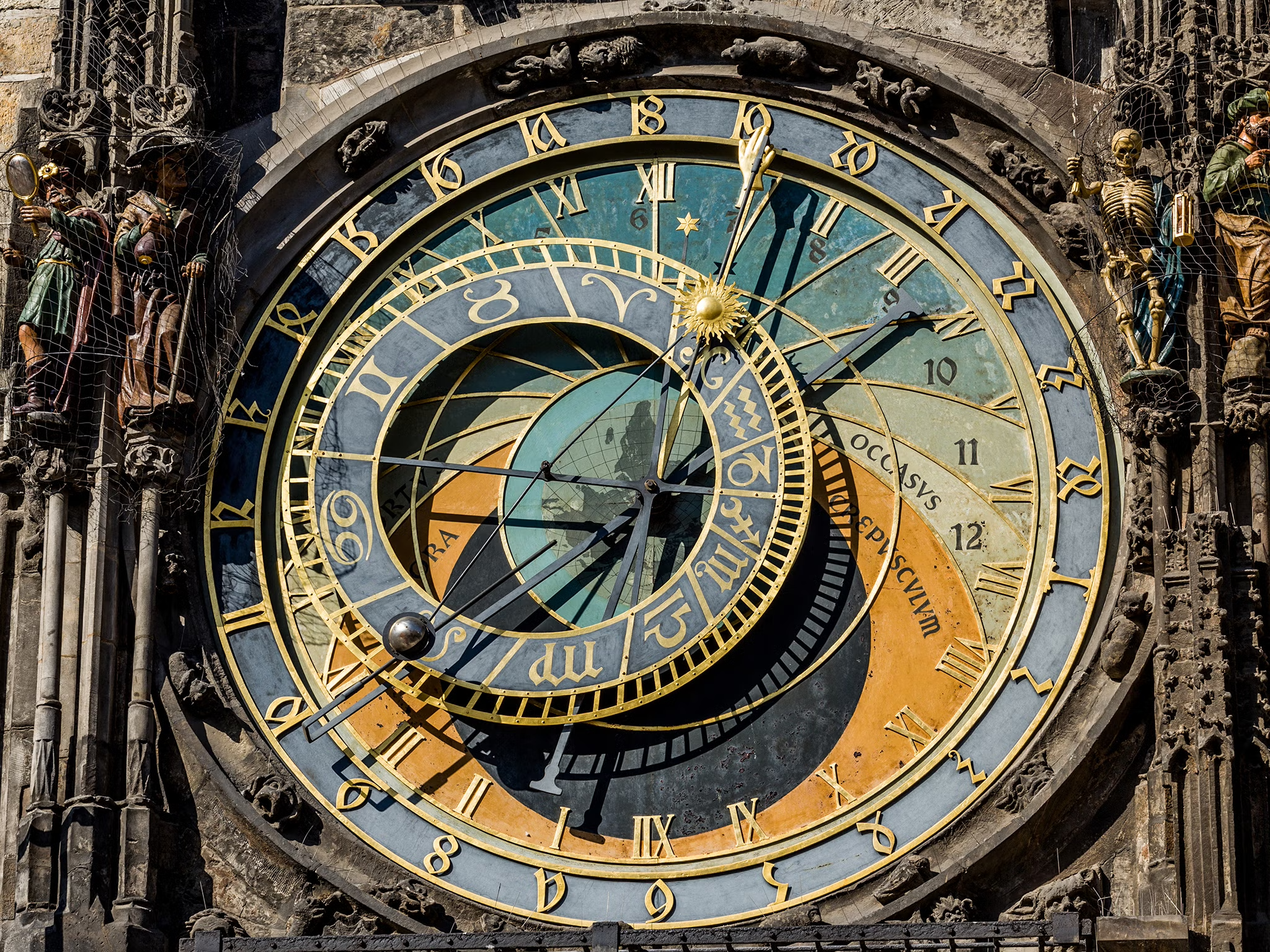The Gregorian calendar was introduced by Pope Gregory XIII in 1582 as a reform of the Julian calendar, which had been in use since 45 BCE. It was developed primarily to correct inaccuracies in the Julian calendar that had caused the date of Easter to drift over time.
The Problem:
The Julian calendar assumed a year was 365.25 days long, but the actual solar year is about 365.2422 days. This small discrepancy caused the calendar to gain about 11 minutes and 14 seconds per year. Over centuries, this added up, shifting the calendar year out of alignment with the Earth’s position in its orbit, and consequently, with the timing of seasons and the spring equinox.
By the 16th century, the spring equinox, which was traditionally observed on March 21, had shifted to around March 11. This misalignment caused significant issues for the Church, as the date of Easter is calculated based on the equinox.
To address the problem, Pope Gregory XIII tasked astronomers and mathematicians, including Aloysius Lilius (an Italian doctor and astronomer) and Christopher Clavius (a Jesuit mathematician), with devising a solution.
1. Leap Year Rule Adjustments:
• The Gregorian calendar refined the leap year system to better approximate the solar year. Under the new system:
• A year is a leap year if it is divisible by 4.
• However, centuries (years divisible by 100) are not leap years unless they are also divisible by 400.
• This adjustment reduced the average year length to 365.2425 days, much closer to the solar year.
2. Calendar Realignment:
• To restore the alignment, 10 days were removed from the calendar in October 1582. The day after October 4, 1582, was declared October 15, 1582.
Adoption:
The Gregorian calendar was initially adopted by Catholic countries such as Spain, Portugal, Italy, and Poland. Protestant and Orthodox countries were slower to adopt it, with some, like Great Britain, not switching until 1752, and others, like Russia, not adopting it until after the Russian Revolution in 1918.
Why It Matters:
The Gregorian calendar is now the internationally accepted civil calendar and has been instrumental in unifying global timekeeping and scheduling.
